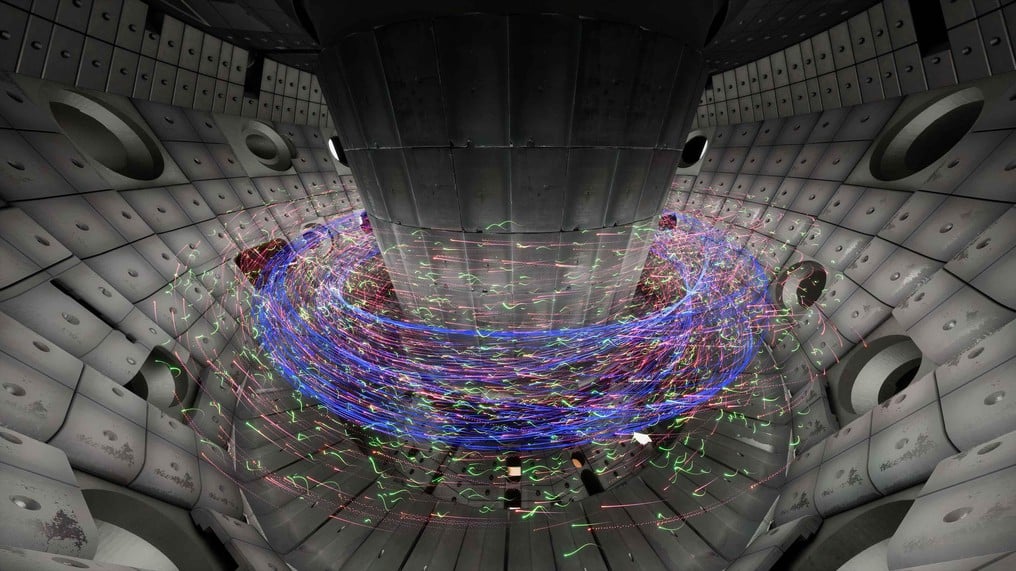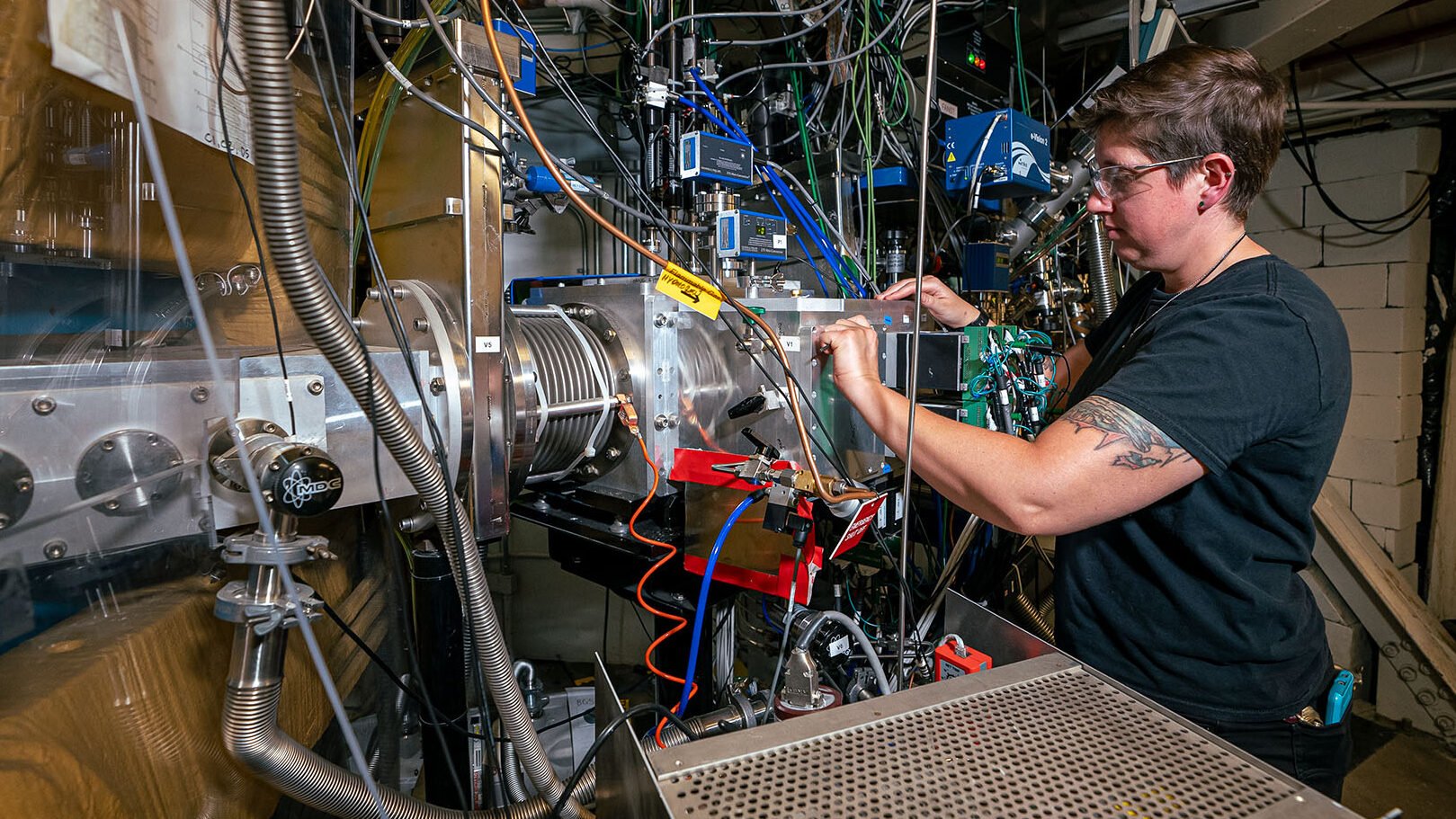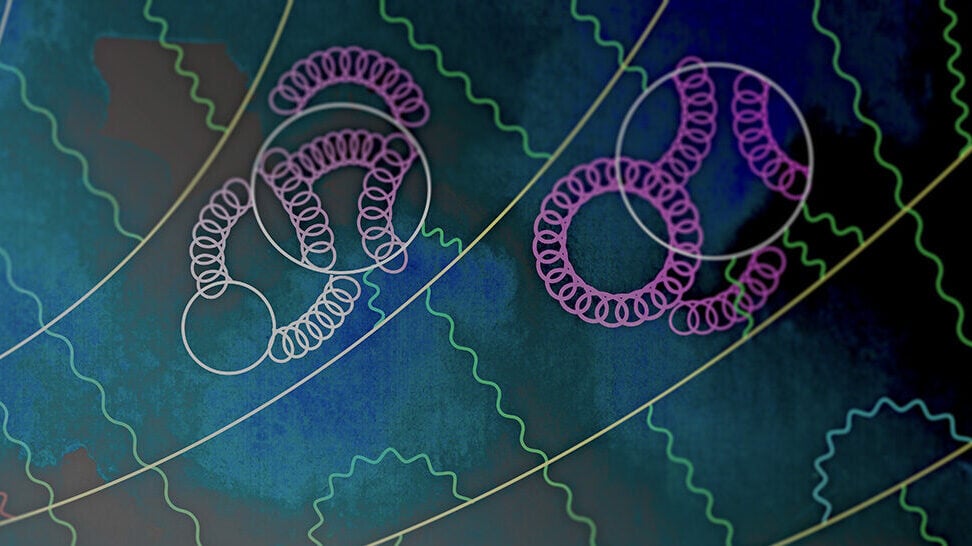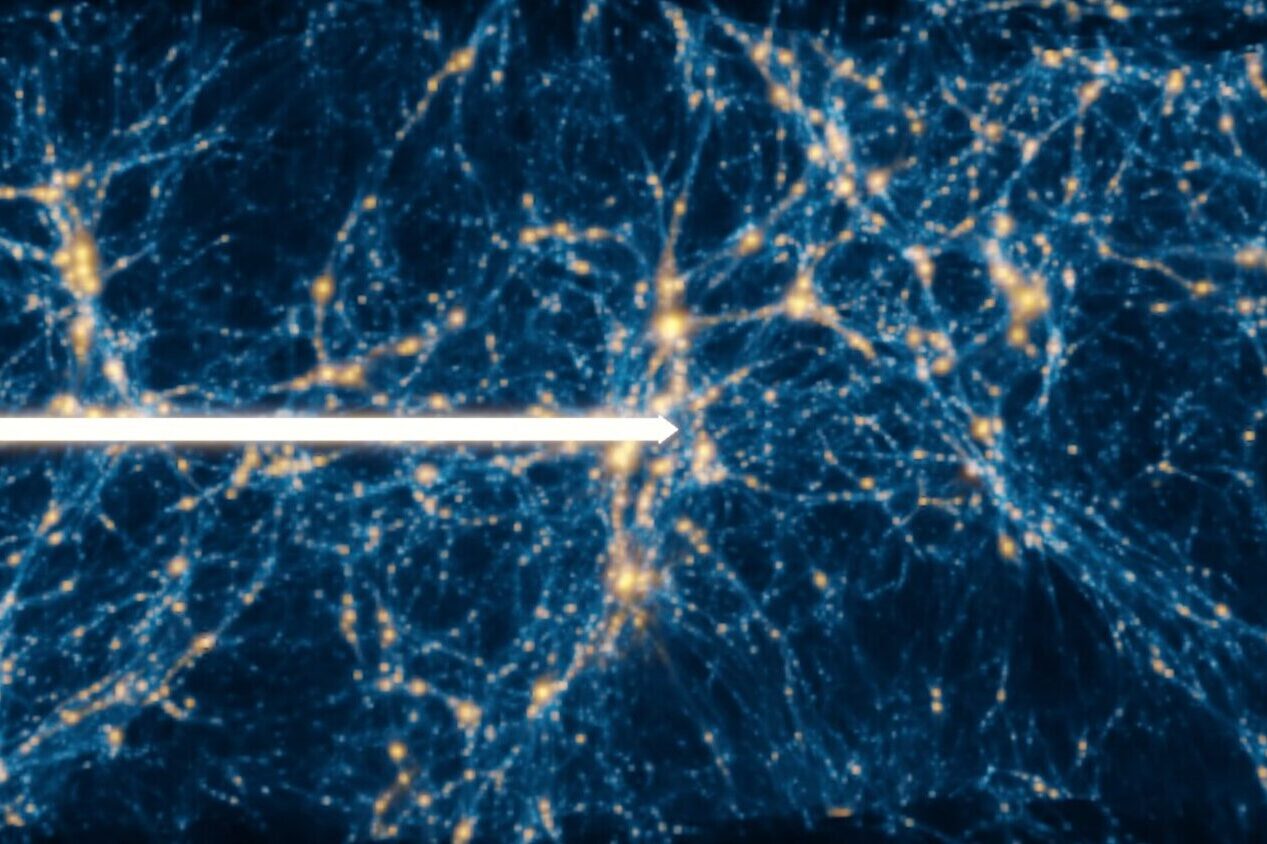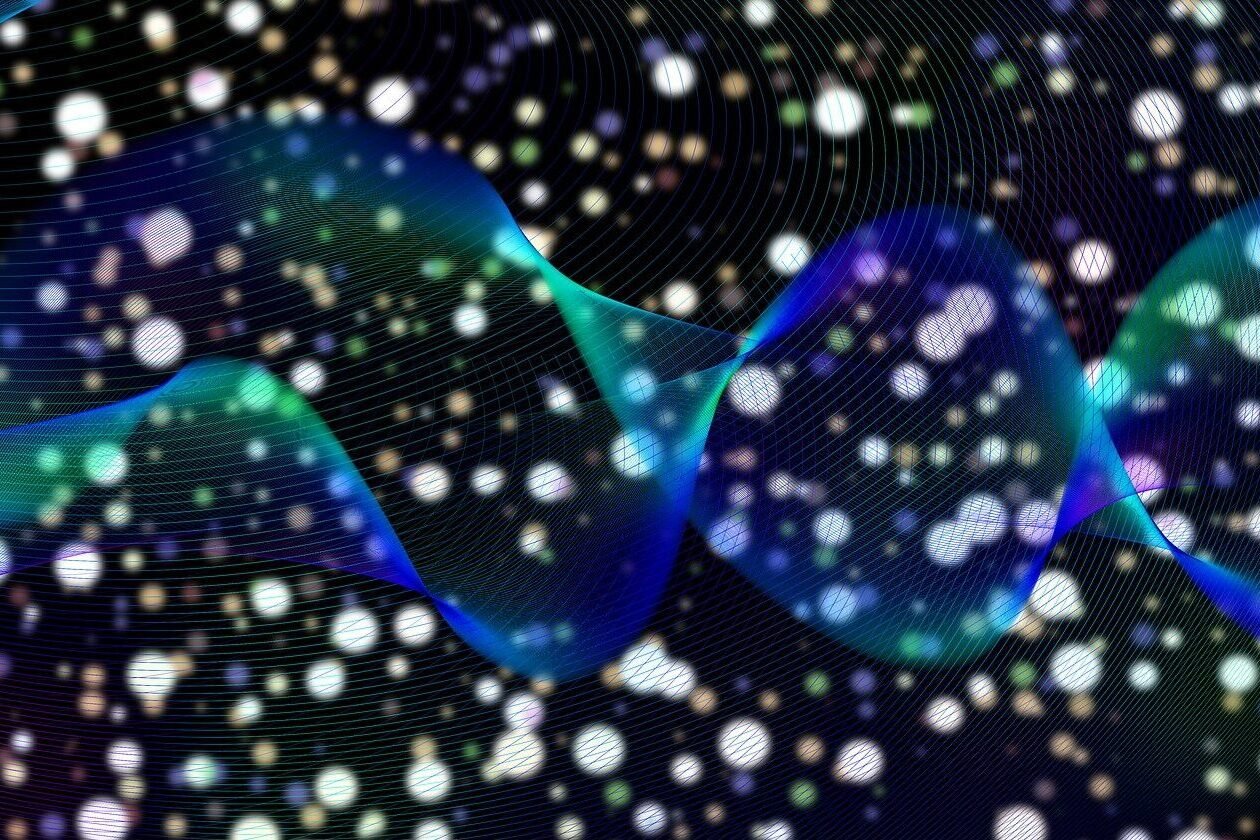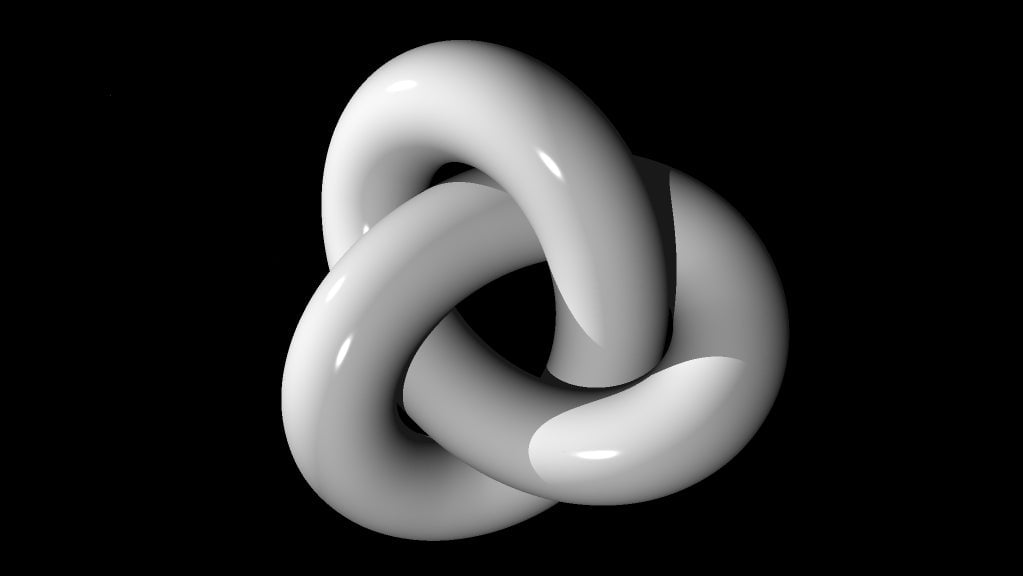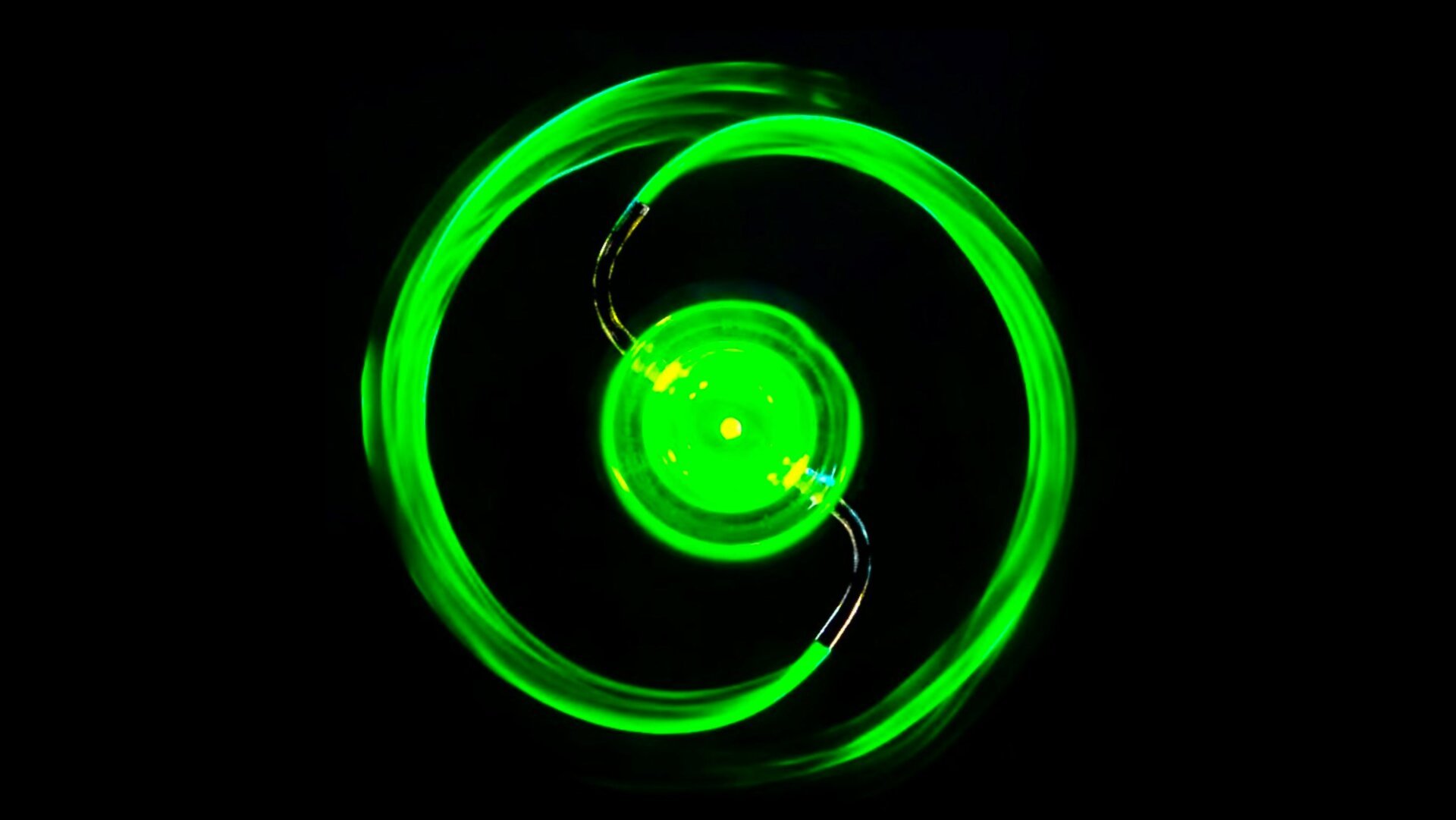Nuclear fusion, the process powering the Sun and other stars, has long been touted as a potential clean energy source for Earth. A new 3D visualization from the École Polytechnique Fédérale de Lausanne (EPFL) offers a captivating glimpse into this powerful reaction within a tokamak, a doughnut-shaped device designed to contain and control superheated plasma.
This groundbreaking visualization transforms terabytes of data from tokamak simulations and plasma experiments into a dynamic, three-dimensional representation. It vividly portrays the intricate dance of particles within the toroidal chamber, offering a clearer understanding of the complex processes involved in nuclear fusion. This article will explore the significance of nuclear fusion, the details of the visualization, and its potential impact on future energy research.
Understanding Nuclear Fusion and its Importance
Nuclear fusion occurs when two light atomic nuclei combine to form a heavier nucleus, releasing an immense amount of energy. This process is fundamentally different from nuclear fission, which splits heavy atoms and is currently used in nuclear power plants. Fusion, if harnessed effectively, promises a virtually limitless, clean energy source without the long-lived radioactive waste associated with fission.
Achieving controlled nuclear fusion on Earth presents significant challenges. One major hurdle is achieving a net energy gain – producing more energy from the fusion reaction than is required to initiate and sustain it. Scientists and engineers are actively pursuing various approaches to achieve this, including using powerful lasers and magnetic confinement within tokamaks.
Inside the Tokamak: A 3D Visualization
The EPFL visualization utilizes data from the variable-configuration tokamak (TCV) located at the Swiss Plasma Center. The interior of the virtual tokamak is a precise replica of the TCV, based on scans of its inner structure. This attention to detail allows for a realistic portrayal of the fusion process.
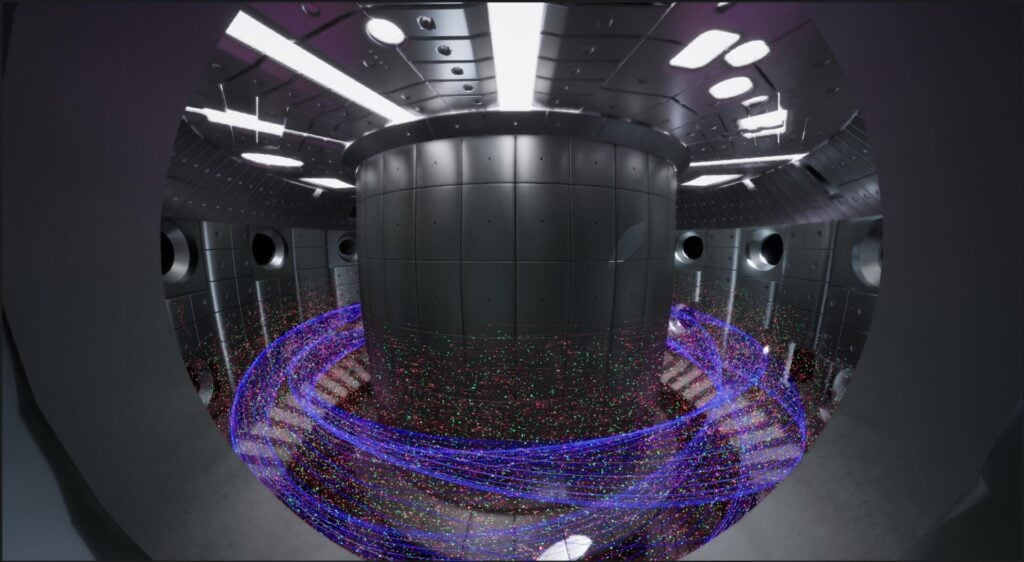 A visualization of nuclear fusion inside a tokamak.A 3D visualization of the interior of a tokamak during nuclear fusion. The visualization accurately depicts the graphite tiles, the movement of electrons (red) and protons (green), and the magnetic field (blue). © 2024 EPFL / Laboratory for Experimental Museology (EM+) – CC-BY-SA 4.0
A visualization of nuclear fusion inside a tokamak.A 3D visualization of the interior of a tokamak during nuclear fusion. The visualization accurately depicts the graphite tiles, the movement of electrons (red) and protons (green), and the magnetic field (blue). © 2024 EPFL / Laboratory for Experimental Museology (EM+) – CC-BY-SA 4.0
The visualization depicts the complex interactions of particles within the tokamak, including the movement of electrons (represented in red), protons (green), and the confining magnetic field (blue). Even the wear and tear on the graphite tiles lining the reactor walls, subjected to extreme temperatures during plasma experiments, are faithfully represented. The computational demands of this visualization are substantial, requiring the calculation of thousands of particle trajectories 60 times per second for each eye to produce a single image.
Deciphering the Complexity of Fusion
The visualization highlights the intricate physics governing nuclear fusion within a tokamak. Numerous factors contribute to this complexity, including the behavior of diverse particles, the influence of magnetic fields, the use of waves to heat the plasma, the injection of external particles, and the presence of gases. Understanding and controlling these interconnected elements are crucial for achieving stable and sustainable fusion reactions.
 The visualization shows the intricate movements of particles inside the tokamak.The visualization captures the dynamic behavior of various particles within the tokamak, a critical aspect for understanding and controlling nuclear fusion. © 2024 EPFL / Laboratory for Experimental Museology (EM+) – CC-BY-SA 4.0
The visualization shows the intricate movements of particles inside the tokamak.The visualization captures the dynamic behavior of various particles within the tokamak, a critical aspect for understanding and controlling nuclear fusion. © 2024 EPFL / Laboratory for Experimental Museology (EM+) – CC-BY-SA 4.0
Illuminating the Future of Fusion Energy
This 3D visualization provides valuable insights into the complex dynamics of nuclear fusion within a tokamak. By making these processes more accessible and understandable, the visualization aids researchers in their pursuit of controlled fusion energy. It also serves as a powerful tool for communicating the potential of fusion as a clean and sustainable energy source for the future.
The visualization not only captures the intricate details of the fusion process but also highlights the technological challenges involved in harnessing this powerful energy source. As research and development continue, advancements in tokamak design and plasma control will bring us closer to realizing the promise of clean, sustainable fusion energy.



